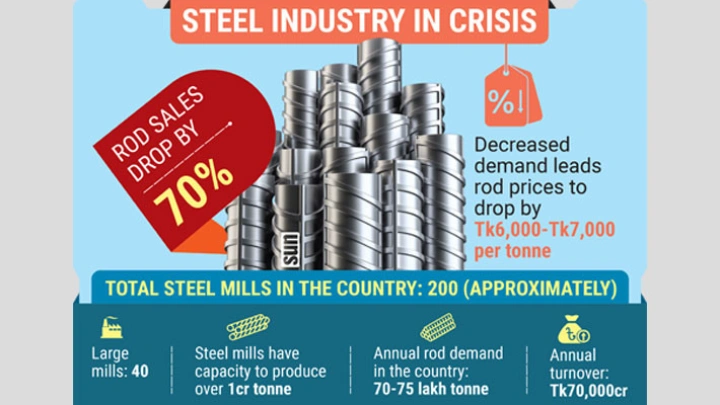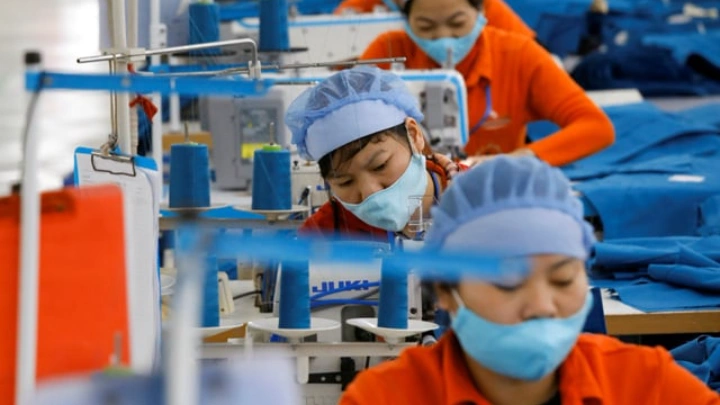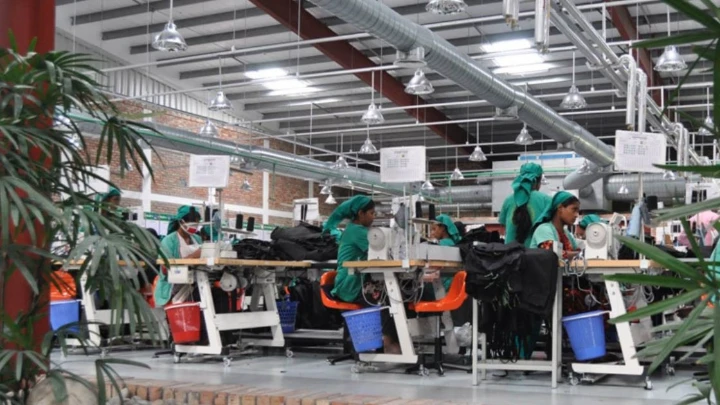Fallacies and facts about China’s “overcapacity”
Xinhua || Shining BD
Recent claims from some Western countries labeling China as having “overcapacity” lack substance and coherence. Upon closer examination, the following facts debunk such rhetoric and reveal the truth.
China’s advanced production capacities in the new energy sector are in high demand globally, providing a diverse range of consumer products while serving as a pivotal player in the fight against climate change. Its competitive edge has been honed through diligent efforts and genuine expertise, rooted in market competition, innovation, and entrepreneurship. These strengths open up significant opportunities for mutually beneficial cooperation.
Fallacy: China’s new energy sector faces overcapacity.
Fact: China’s burgeoning new energy sector stands as a beacon of technological prowess and a pivotal force in the global push for sustainable development. Contrary to prevailing notions of overcapacity, the critical deficit lies in the dearth of new energy infrastructure worldwide.
On a global scale, the shortfall in new energy capacity looms large. Projections from the International Energy Agency indicate a staggering demand surge, with new energy vehicle sales anticipated to soar to 45 million by 2030, a fourfold increase from 2022 levels. Last year’s G20 Leaders’ Declaration underscored the urgency, calling for a tripling of renewable energy capacity by 2030.
China’s new energy vehicle sector bears testament to this burgeoning demand, with both production and sales witnessing sustained and robust growth in recent years. In the first quarter, profits within China’s automotive manufacturing sector surged by an impressive 32 percent year-on-year. Such performance underscores the dynamism of the nation’s electric vehicle segment.
Fallacy: China’s industrial policy twists global market.
Fact: China’s utilization of industrial policies is characterized by equity, inclusivity, and strategic alignment. Across the globe, industrial policies serve as a staple tool to bolster specific sectors, with the World Trade Organization (WTO) permitting their implementation while mandating adherence to non-discriminatory principles.
China’s ascendancy in the realm of new energy products is underpinned by a constellation of factors, heralding a competitive edge. Key among these are early investments in research and development, the establishment of a robust industrial ecosystem, access to a sprawling domestic market, the rapid evolution of infrastructure, and a vibrant marketplace teeming with competition across state-owned, private, and foreign enterprises, and rapid technological iterations.
Fallacy: China’s new energy products impact global economy.
Fact: China’s export of new energy products has emerged as a crucial pillar supporting global economic expansion and price equilibrium. China’s pivotal role in driving energy transitions, fostering economic growth, and enhancing livelihoods globally cannot be overstated.
Against a backdrop of sluggish global growth and heightened inflationary pressures in recent years, Chinese products have stood out for their hallmark attributes of quality, efficiency, and cost-effectiveness. This has translated into tangible support for stabilizing global industrial and supply chains, effectively bolstering the availability of goods worldwide and mitigating inflationary strains.
Shining BD























